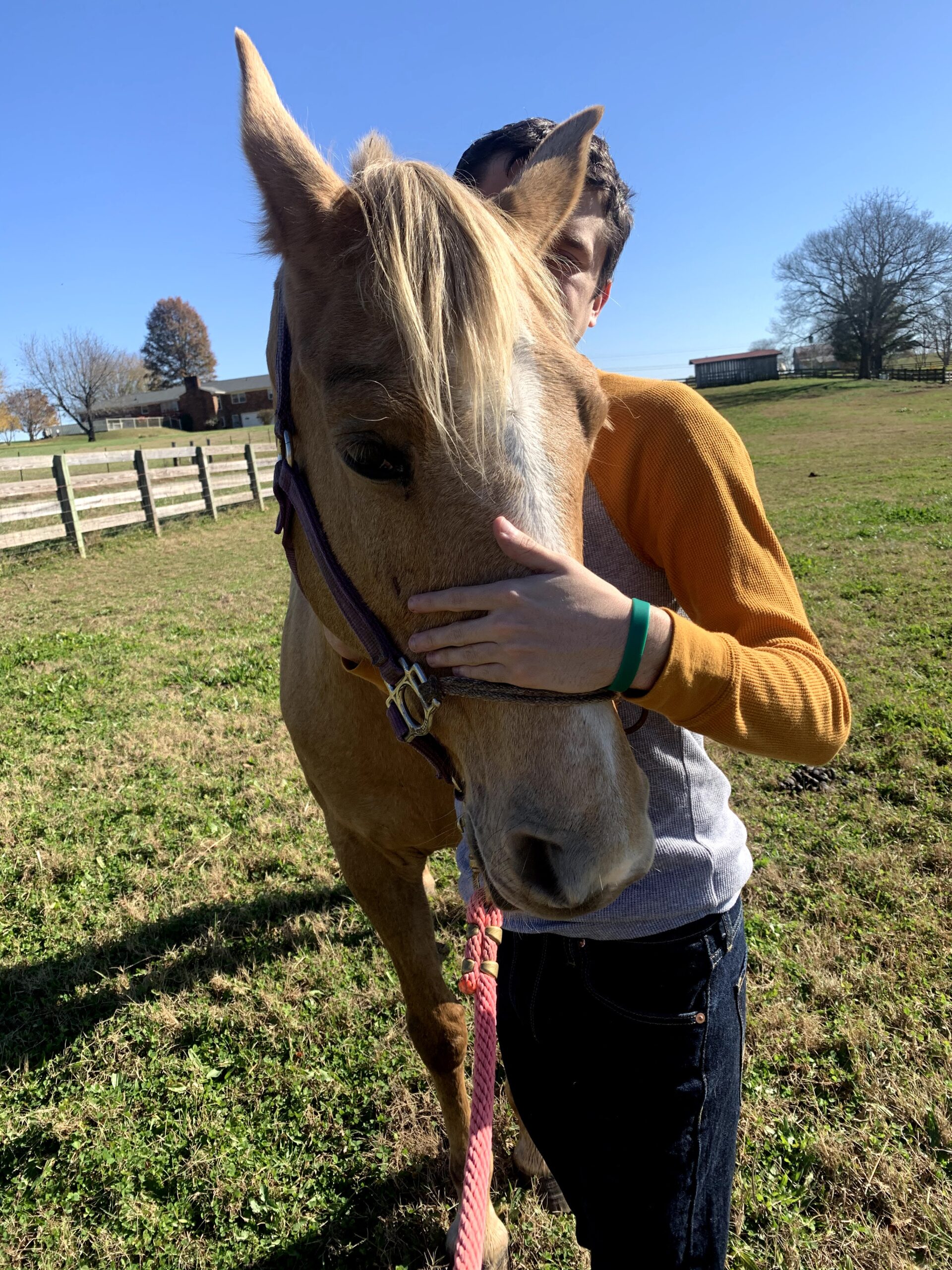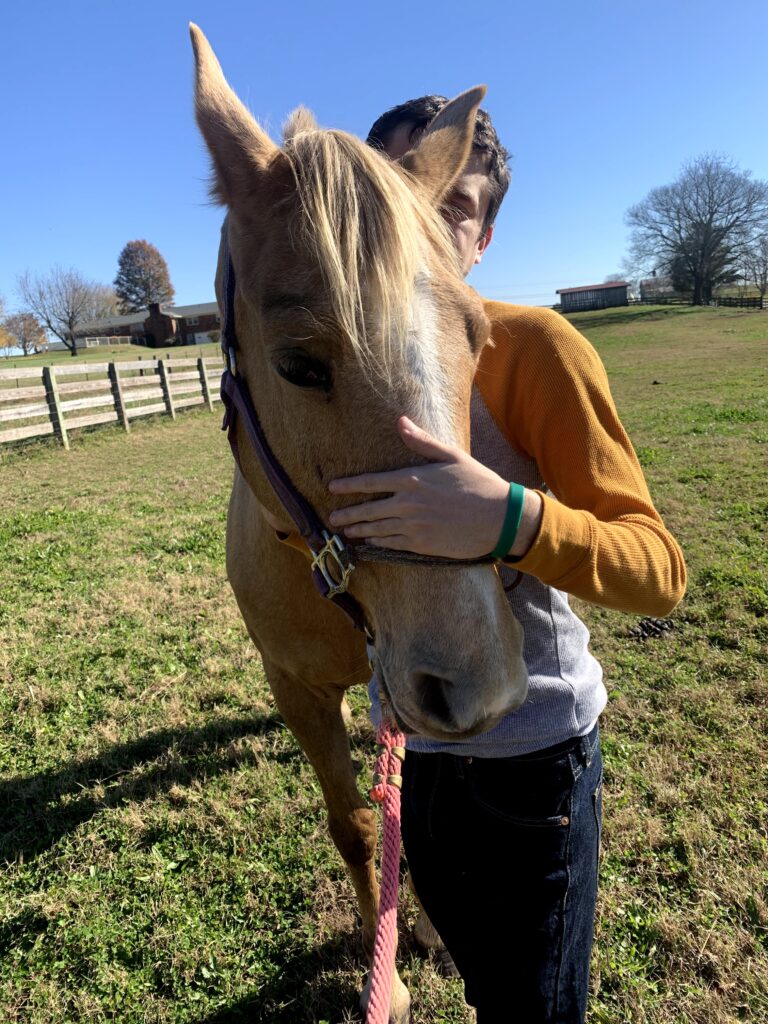Costs will vary from state to state depending on what type of use/ridding you will be doing will also play into the cost factor.
So ask yourself these basic questions.
How much does it cost to board a horse yearly?
| Service | Annual fee |
|---|---|
| Partial-board care | $3,600 to $5,400+ |
| Pasture board | $1,800 to $4,800+ |
| Self-care board | $1,200 to $2,400 |
If you have your own pasture and will not need to board
then you will need to figure out the cost of maintenance on the pasture.
How much should a horse eat?
This question will of course vary depending on the size, workload, and grazing of your horse. For example, if you have a 1,000-pound horse who is in light work, a good diet might consist of 17 pounds of hay or hay cubes and 3 pounds of grain per day. The same 1,000-pound horse in a heavy work program may need 10 pounds of hay and 10 pounds of grain since the grain is higher in energy you are lucky enough to have pastures all horses can live on grass alone however it is important to note grass for grazing needs to be rich in nutrients to keep a horse healthy. Optimal levels of Nitrogen (N), Phosphorus (P), and Potassium (K) need to be present in the grass. Some areas don’t have enough protein available. Depending on the time of year weather conditions etc. supplemental food is often needed.
What are the average farrier cost?
For a farrier to trim your horse’s hooves, you can expect to pay $30-$50. For a farrier to put shoes on all four of your horse’s hooves, expect to pay $65-$150. According to the latest Farrier Business Practices survey conducted by American Farriers Journal, the average nationwide price for trimming four hooves and applying four keg shoes is $120.19. It’s important to note that not properly caring for a horse’s hooves can and will cause a host of costly problems. On average you should trim or shoe hooves every 6 to 12 weeks. This time interval may be different between horses based on their hoof growth.
What does tack cost?
Saddle $100-$7,000+ Saddle Pad/Blanket $20-$400+ Girth/Cinch $20-$400+ Stirrups $20-$600+ Bridle/Headstall $40-$500
| Tack | $500 basic needs | $2,000 for basic needs and upgrades |
| Clothes | $500 barn boots, pants, etc. | $2,500 boots, new riding clothes |
The cost will vary from Western to English.

How much is healthcare?
A yearly veterinary visit includes teeth cleaning or floating and vaccinations; deworming is generally done every other month. This can cost anywhere from $77 to $250 depending on location. Plus a $35 to $75 fee if the veterinarian comes to your property or boarding facility, plus mileage if it’s not within reasonable traveling distance. Though emergencies are never planned, they can cost thousands of dollars.
How much does horse insurance cost a month?
The average horse farm insurance cost is $83/month or $996/year for a $1 million general liability coverage.
Vaccine recommendations for most horses cost $127.95 for annual vaccines plus $85.50 for semi-annual vaccines equals $213.45 per year. Every horse should have a veterinary examination twice per year.
How much will it cost to train the horse?
Prices will vary from as little as $200/month to over several thousand dollars a month. Depending on what you are looking for.
Cost of riding lessons?
$45 – $80 /hr. The average cost for horse riding lessons is $55 per hour. The price of horse riding lessons can vary greatly by region.
In addition, there will always be hidden costs. As with everything it is important to do your research.
Buying and owning a horse can be a highly rewarding experience, but it can also be very expensive. Not everyone is ready for that kind of commitment.
There are alternatives to buying a horse outright and still having the experience.
1. Lessons: Horseback riding lessons are a great way to spend time around the barn.
2. 4-H or Pony Club: Your child doesn’t have to own a horse to get involved. While many of the members do, it can still be a great experience to assist at shows, take lessons, and attend meetings.
3. Riding Vacations: There are many horseback riding vacation options, including dude ranches and adult summer camps. Relax and enjoy a week filled with horses!
4. Volunteer: Horse rescues and therapy barns are always looking for reliable help. We are always looking for excited and willing volunteers at Hidden Bee Farm.
5. Leasing: Leasing is a good next step! You’ll have the chance to connect with your leased horse and get a taste of ownership.
We have had many horses end up at our rescue for one reason or another. Knowing if this commitment is right for you and your family will be the first step in owning one of these amazing animals.
References:
- https://www.horsecouncil.org/resources/economics/
- https://extension.umaine.edu/publications/1004e/
- https://seriouslyequestrian.com/expensive-horse-breeds/
- https://www.helpfulhorsehints.com/cheapest-horse-breeds.
- https://animals.mom.com/average-monthly-cost-owning-horse-5504.html
- https://www.humanesociety.org/resources/rules-feeding-your-horse
- https://esc.rutgers.edu/wp-content/uploads/2014/11/EconomicsHorseKeeping-1.pdf

